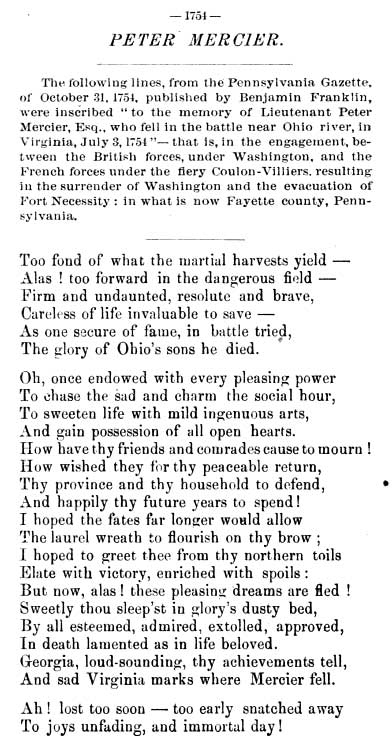Fort Congaree II Connections
In 1730 or perhaps earlier Thomas Brown, of northern Irish origin, entered the Catawba trade, and a few years later established his famous store "near the Congrees Old Fort". This post had been on the high bank of the river at the point where Congaree Creek, approaching the larger stream, turns sharply to the south, a mile and a half above its mouth. Brown's brother Patrick was his partner until about 1740 when he entered the Creek trade. The back country career of George Haig is among the most interesting in the history of South Carolina expansion. On May 5, 1733, George Haig of Charles Town was appointed deputy surveyor. For the next few years he surveyed lands in the low country and in the Santee and Congaree townships. In 1737 he was appointed justice of the peace and probably about that time moved to Sandy Run. Like other leaders of his time Haig could withhold his hand from no office or business. He surveyed most of the early Saxe Gotha and Orangeburg plats, carried on his Indian trade, and was captain of the local militia company. Between 1737 and 1746 he bought eleven hundred and forty acres of land in the Congarees or in the lower part of the province. He was constantly in correspondence with the governor on Indian affairs and in 1746 went to the Cherokees as assistant to Colonel George Pawley, the agent who effected the important Ninety Six purchase. Here he made enemies of the Iroquois by seizing from them some captive settlement Indians, and two years later, on a trip to the Catawbas, he was taken prisoner. With the half-breed son of Thomas Brown he was carried northward through the Cherokee towns, where the traders tried in vain to get the Cherokees to intercept the party of their dreaded cousins and rescue the prisoners. Mrs. Haig (Elizabeth) sent a spirited petition to the governor begging that the trade to the Cherokees be stopped until they interfered. A year and a day from the time of Haig's capture there was read in the council a letter of President Palmer of Pennsylvania and the journal of Conrad Weiser, Indian agent, which gave news of Haig's fate. Despairing of escape and worn out with the journey, he had forced his captors to kill him. His more phlegmatic companion had been ransomed by Weiser and got safely home. Haig's personal estate amounted to about £570, and included 2 old silver watches, 5 old candlesticks, 15 packhorses, 44 horses, 18 negroes, and 42 gallons of rum. Thomas Brown's death in 1747 was followed by the appearance of several traders at the Congarees. Robert Steill settled on the Congaree opposite Fort Congaree II in 1749 or 1750 and succeeded to the Catawba trade of Brown and George Haig. Haig's murder in 1748 and other Indian outrages caused the assembly to provide for a palisade fort at the Congarees and for two troops of rangers to patrol the frontier during the immediate danger. In 1749 Martin Friday was feeding travelers and transporting them across the Congaree at the foot of the shoals. His petition for the ferry privileges aroused to action his countryman, Jacob Geiger, and both plied the Congaree in canoes while they built flats in anticipation of the assembly's action. Elizabeth Haig and Robert Steill also asked the coveted privilege, but in 1754 Friday won the contest. The fort at the Congarees was completed near the end of 1748 and a garrison was maintained there for several years. One of the commanders, Lieutenant Peter Mercier, married Elizabeth Haig In 1754, a composite company, from the three South Carolina Independent Companies, was sent to aid the Virginians. They arrived on the frontier of Virginia in early June, in time to reinforce the Virginia regiment under George Washington. Washington and McKay had a dispute over rank. McKay, whose commission came from the king refused to take orders from a provincial colonel. The arrival of a force of Frenchmen forced the two officers to cooperate, however. They were attacked at Washington’s hastily built fortification, aptly named Fort Necessity. The combined force held off the French for hours during a rain storm, By all accounts the South Carolina Company fought bravely. Lieutenant Peter Mercier and 9 privates were killed in this action. Ammunition running out, the fort was surrendered that night. Mrs. Mercier later married David Webb of the Congarees, who had been a lieutenant of rangers in the Cherokee War. From: The Expansion of South Carolina 1729-1765 ROBERT L. MERIWETHER Professor of History University of South Carolina |
